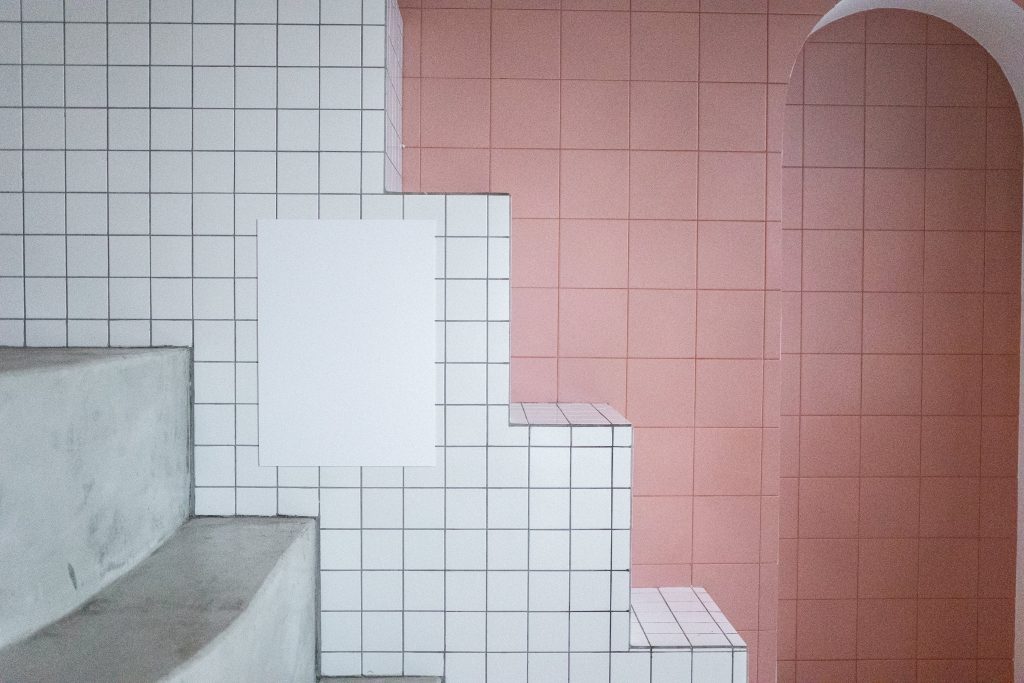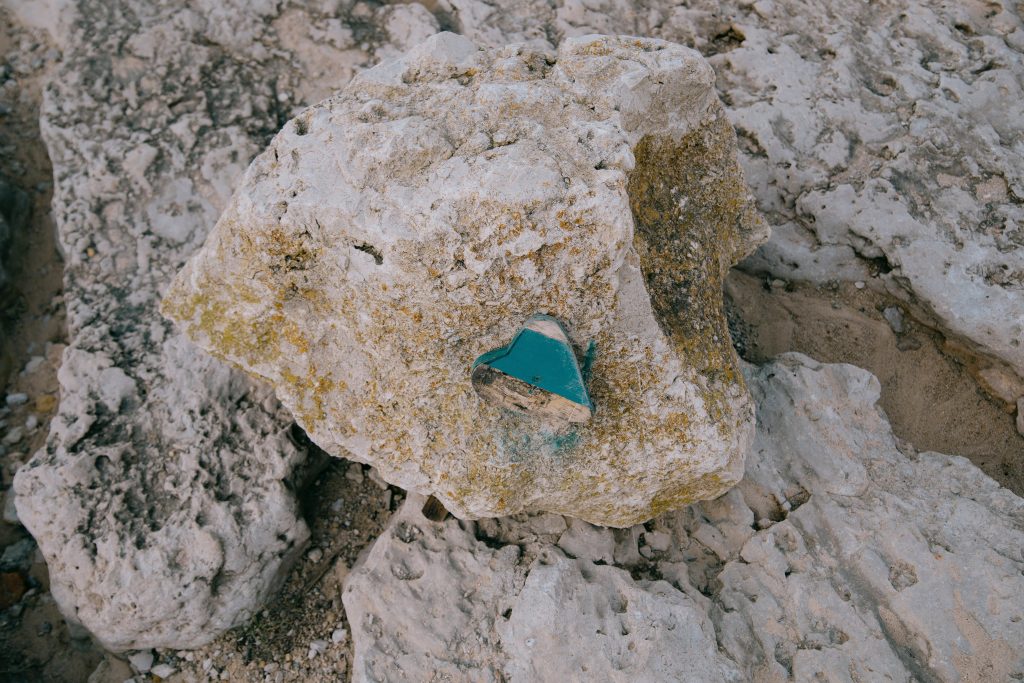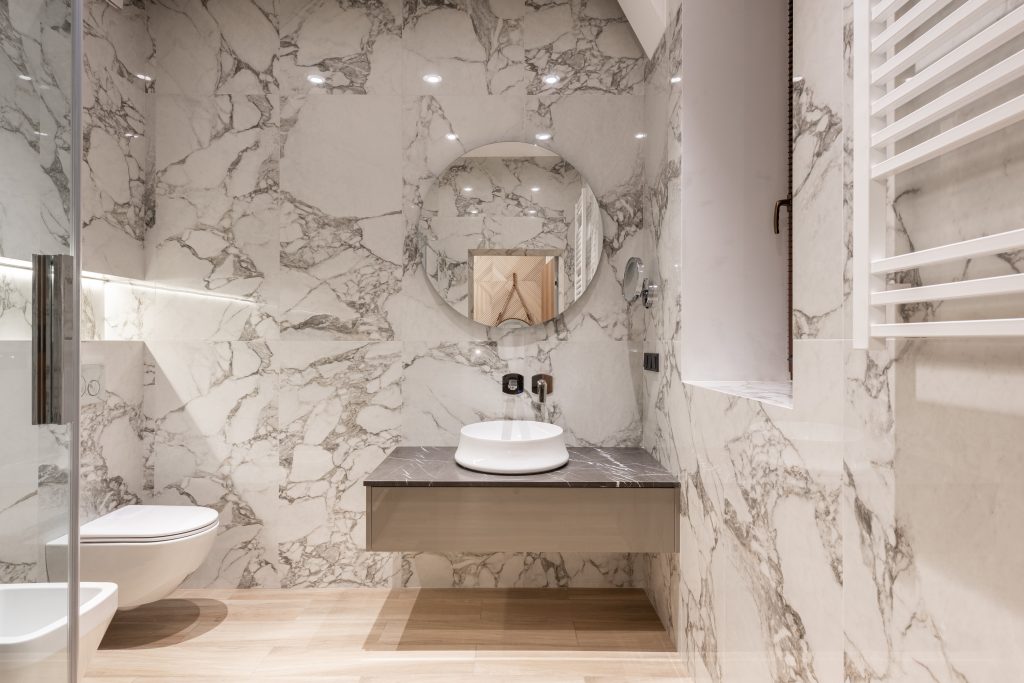In today’s climate-conscious world, sustainability is no longer a niche concern; it’s a driving force in architecture and design. B2B projects, from hotels and offices to healthcare facilities and educational institutions, are increasingly seeking eco-friendly materials to minimize their environmental impact. And at the forefront of this shift stand sustainable tiles, offering both beauty and responsibility.
Gone are the days when environmentally conscious choices meant compromising on aesthetics. The B2B tile market now boasts a wide range of sustainable options, from recycled materials to energy-efficient manufacturing processes, allowing architects and designers to create stunning spaces while treading lightly on the planet. Here are some of the leading eco-friendly tile options for your next B2B project:
1. Recycled Materials:
Give waste a second life with tiles made from recycled materials like glass, ceramics, and even plastic. These tiles not only divert waste from landfills but also require less energy and raw materials to produce, reducing their environmental footprint. Recycled glass mosaics, for example, can add pops of color and texture to your project, while reclaimed wood tiles bring a rustic warmth and unique character.

2. Natural Stone:
Embrace the beauty and timelessness of natural stone, a naturally sustainable material. Opt for locally sourced stone to minimize transportation emissions, and choose types like slate or quartzite known for their durability and low maintenance needs. Natural stone tiles offer a timeless elegance and blend seamlessly with a variety of design styles, ensuring lasting beauty and minimal environmental impact.

3. Porcelain with a Conscience:
Porcelain tiles are a popular choice for their versatility and performance, and now, sustainable options are emerging. Look for porcelain tiles made with recycled content, such as porcelain scraps or industrial byproducts. Additionally, choose manufacturers who use energy-efficient production processes and prioritize responsible water management.
4. Eco-Friendly Adhesives and Grout:
Don’t stop at the tiles themselves! Opt for eco-friendly adhesives and grout to complete your sustainable project. Look for low-VOC (volatile organic compound) options that minimize indoor air pollution and choose manufacturers who prioritize responsible sourcing and waste reduction.
5. Beyond Material Choice:
Remember, sustainability is not just about the materials you choose; it’s about the entire lifecycle of your project. Consider factors like installation techniques, maintenance requirements, and end-of-life disposal when making your choices. Choosing durable and low-maintenance tiles can minimize waste and extend their lifespan, further reducing your project’s environmental footprint.
Benefits of Choosing Eco-Friendly Tiles:
By incorporating sustainable tiles into your B2B projects, you’re not just making an environmental statement; you’re also reaping numerous benefits:
- Enhanced Brand Image: Showcasing your commitment to sustainability can attract environmentally conscious clients and partners, boosting your brand image and market reputation.
- Reduced Operational Costs: Eco-friendly tiles often have lower maintenance requirements, leading to long-term cost savings.
- Improved Indoor Air Quality: Low-VOC materials contribute to a healthier and more comfortable environment for occupants.
- Compliance with Green Building Standards: Utilizing sustainable tiles can help your project achieve green building certifications, further enhancing its value and marketability.

